Leveraging Cognitive Biases in Mobile Game Ads: Real-World Examples & Psychological Theories
The secret sauce behind captivating ads isn’t just stunning visuals—it’s understanding the human mind. By integrating proven psychological theories with clever ad narratives, mobile game and app advertisers can create campaigns that not only capture attention but also drive action. In this blog, we dive into real-world examples from top-performing mobile ads and unpack the cognitive biases and psychological theories that make them so effective.
The Science Behind Persuasive Mobile Ads
Before breaking down the creative narratives, let’s explore the psychological theories that underpin a lot of these approaches:
Prospect Theory & Loss Aversion:
Developed by Kahneman and Tversky, this theory shows that people are more motivated by the fear of loss than by the prospect of gain. Ads that warn users they might “miss out” on a reward tap directly into this bias.Fogg Behavior Model:
This model states that behavior is a result of motivation, ability, and a trigger. In mobile ads, a strong call-to-action (CTA) acts as a trigger—especially effective when the ad boosts motivation with emotional or social cues.Social Proof and Authority:
People tend to follow the crowd. Ads that highlight awards, impressive user numbers, or expert endorsements quickly build credibility, as seen in some top-performing mobile game campaigns.Scarcity and Urgency:
Rooted in behavioral economics, scarcity (the idea that “limited offers” are more desirable) compels users to act fast. This is enhanced by FOMO—the fear of missing out.Zeigarnik Effect
This effect suggests that people are more likely to remember and feel compelled to complete tasks that have been left unfinished. Playable ads that pause just before a key moment create a mental itch that only downloading the game can scratch.Mere Exposure Effect
The more frequently users see your ad, the more comfortable they become with your brand. Consistent, repeated exposure builds familiarity, making it easier for potential players to take the plunge when they finally encounter your CTA.Self-Determination Theory (SDT)
SDT puts forward that people are driven by the need for autonomy, competence, and relatedness. Ads that challenge users (“Prove you can beat this level!”) or emphasize community (“Join millions of players”) appeal to these intrinsic motivators.Cognitive Dissonance Theory
When users are presented with a challenge that conflicts with their self-image (e.g., “You can’t solve this level”), they experience discomfort. Downloading the game becomes a way to resolve this dissonance and prove their capability.Dual Process Theory
This theory differentiates between fast, intuitive decision-making (System 1) and slower, analytical reasoning (System 2). Effective mobile ads quickly grab attention through emotional cues and vivid visuals (System 1) while subtly offering rational reasons to download (System 2).AIDA Model (Attention, Interest, Desire, Action)
Though not a strict psychological theory, AIDA is a classic advertising framework. It maps the journey from initial exposure to conversion, guiding how you structure your ad’s narrative—from catching the eye to inspiring immediate downloads.
These theories aren’t abstract concepts—they’re the blueprint behind some of the most innovative mobile ad creatives in the industry.
Real-World Examples: Cognitive Biases in Action
Let’s look at specific examples from mobile game ads and break down how they use psychological hooks to boost user acquisition.
1. Archero 2: The Power of Social Proof and Authority
What They Do:
Archero 2 ads showcases awards and accolades as a badge of honor.
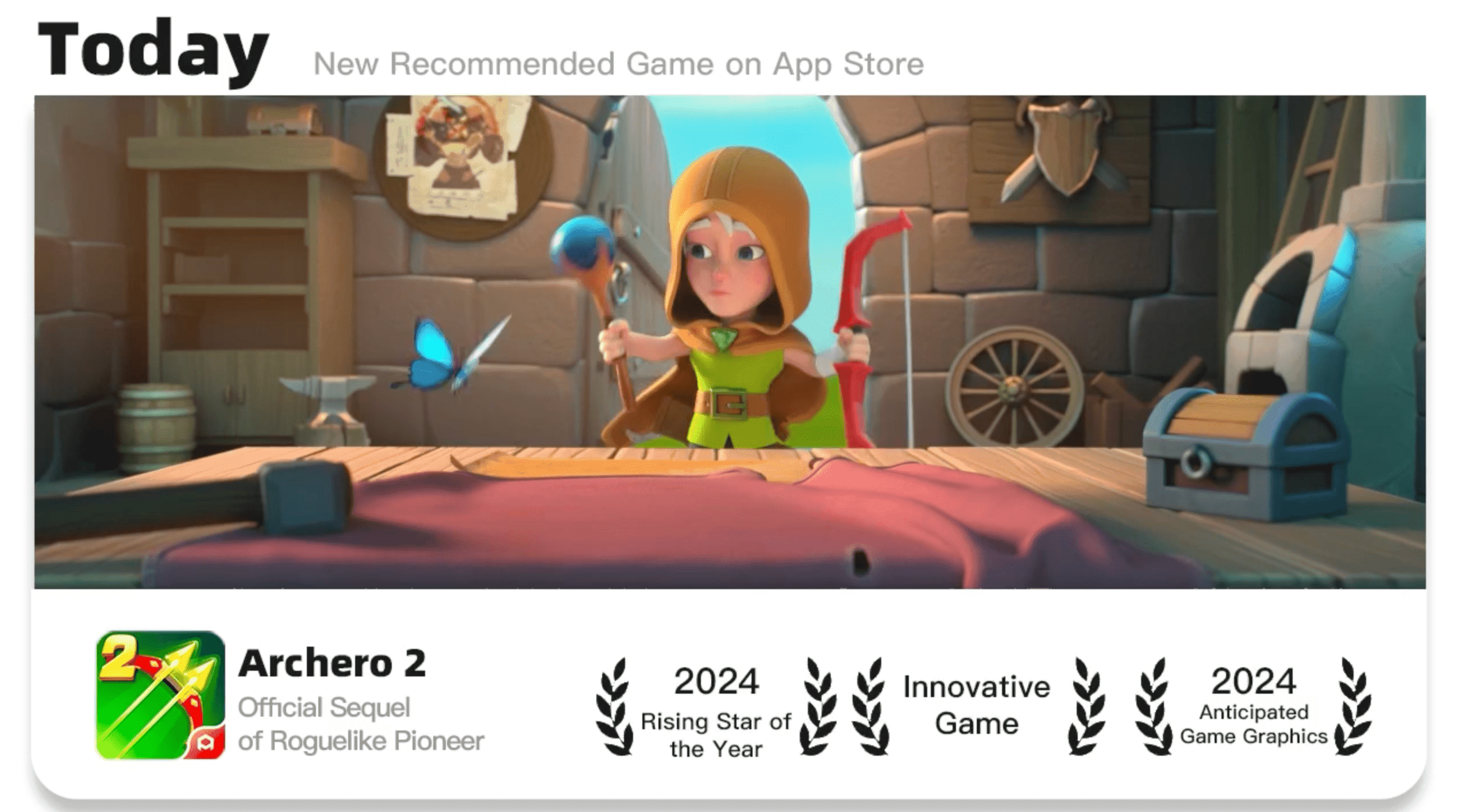
The Psychology Behind It:
Social Proof & Authority: By displaying awards, Archero 2 taps into the psychological bias that people trust experts and follow the crowd. When an ad shows that a game has been recognized by industry experts, it reduces perceived risk and increases credibility.
Impact: This strategy reassures users that the game is high quality and worth their time, prompting installs.
2. Royal Match: Narrative Urgency and Emotional Stakes
Royal Match ads create a sense of urgency by showing King Robert trapped, with the narrative that you need to solve a match-3 puzzle in time to save him.
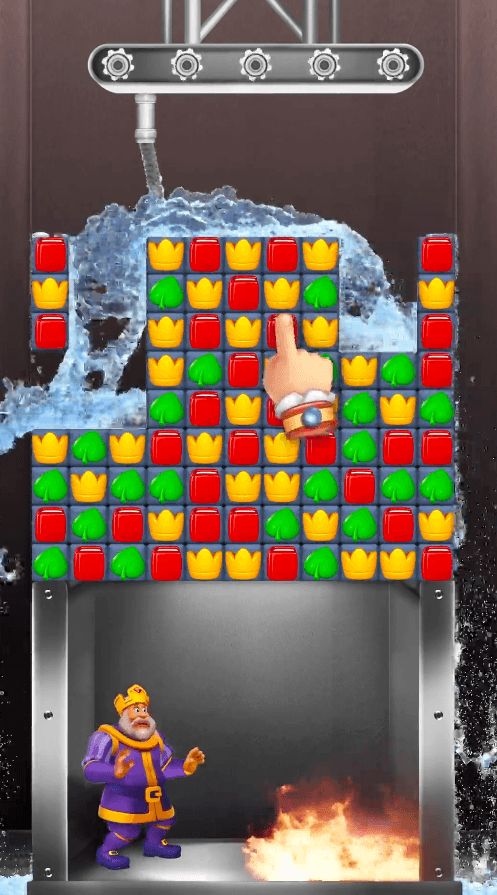
The Psychology Behind It:
Loss Aversion: The threat to King Robert triggers an emotional response where users fear a negative outcome, thus pushing them to act.
FOMO and Urgency: The ticking clock of the narrative creates a classic scarcity scenario, where the opportunity to save the king is fleeting.
Emotional Engagement: Storytelling that positions the user as a savior enhances motivation—aligning with the Fogg Behavior Model’s emphasis on triggers paired with high motivation.
3. Screw Puzzle - Wood Nute & Bolt: High Stakes Through Visual Metaphors
What They Do:
This ad uses an image of a cat trapped in a cage with rising lava, challenging users to solve a screw puzzle in time to save it.

The Psychology Behind It:
Loss Aversion and Empathy: The threat to an adorable, vulnerable cat intensifies the urgency. Users are driven by both the desire to avoid loss and the empathetic pull to help.
Scarcity & Urgency: The imagery of rising lava coupled with a ticking puzzle underscores the fleeting nature of the opportunity, compelling users to act immediately.
Visual Metaphor: A strong, memorable image can bypass rational decision-making, prompting an almost instinctual reaction.
4. Wordscapes: Cognitive Engagement Through Health Messaging
What They Do:
Wordscape ads often emphasize improving brain health, appealing directly to the target audience’s self-improvement goals.
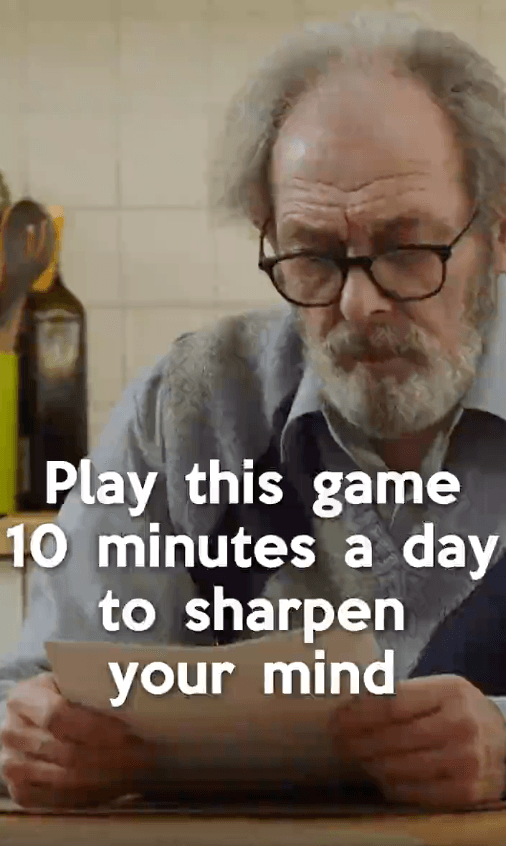
The Psychology Behind It:
Self-Improvement Bias: People are naturally inclined to engage in activities that promise to enhance their cognitive abilities or overall well-being.
Authority and Social Proof: When an app positions itself as beneficial for brain health, it builds authority and trust, making users feel that the game is more than just entertainment—it’s a tool for personal growth.
5. One Line - Drawing Puzzle Game: Challenging the User’s Ego
What They Do:
One Line ads feature copy such as “You can’t solve this level” or “I took 349 attempts to complete this level.”
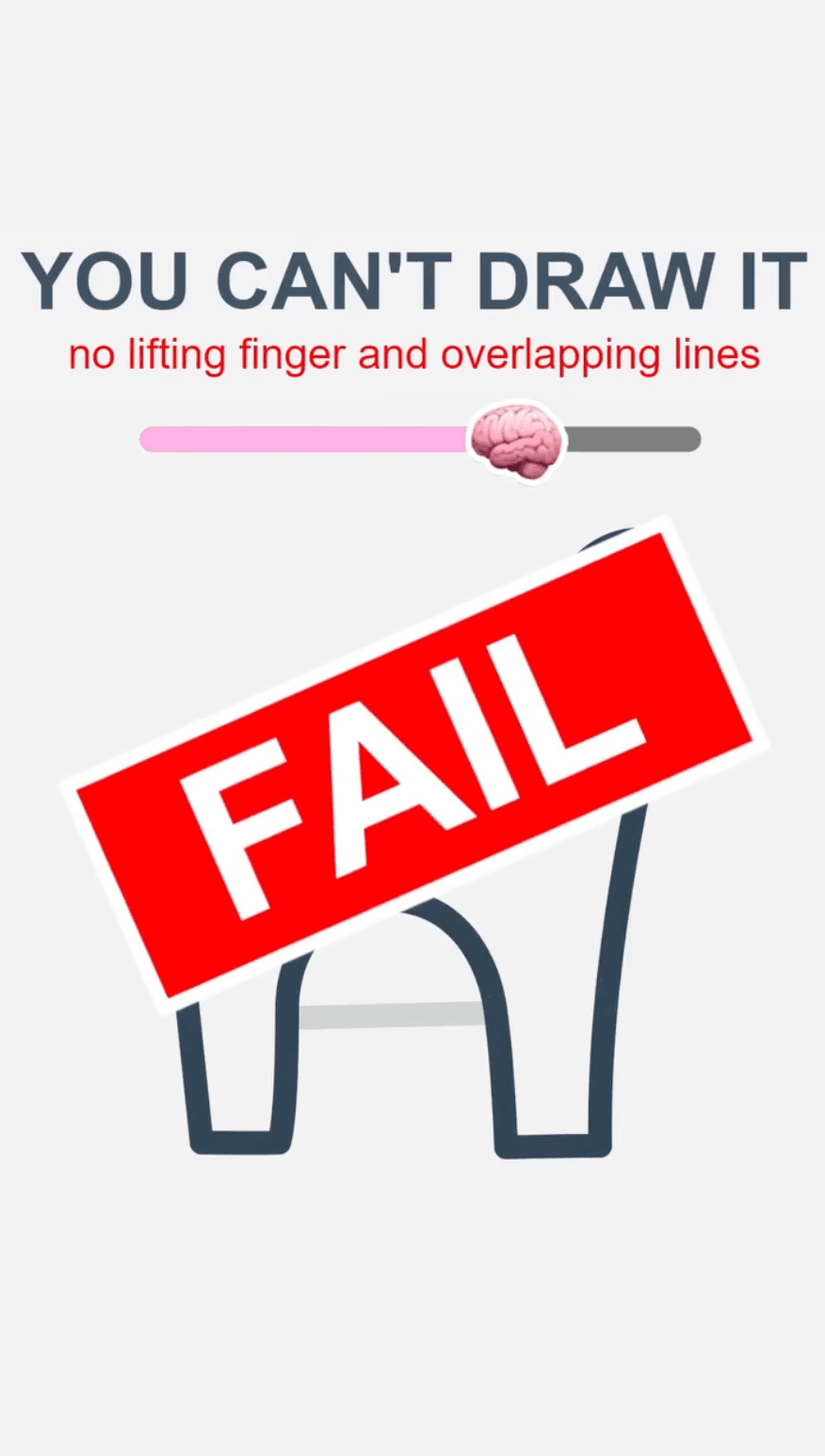
The Psychology Behind It:
Challenge and Ego: These statements invoke a psychological challenge, pushing users to prove themselves. The underlying message is, “If you’re good enough, you can beat this challenge.”
Reciprocity and Engagement: By daring users, these ads create an implicit promise: if you succeed, you’re part of an elite group. The challenge can trigger competitive instincts, a powerful motivator for gaming audiences.
6. Screw Out: Failvertising by Showing Failure
What They Do:
Screw Out embraces “failvertising” by showing a player failing at a level—even when the level is designed to be easy. This meta approach breaks the fourth wall.
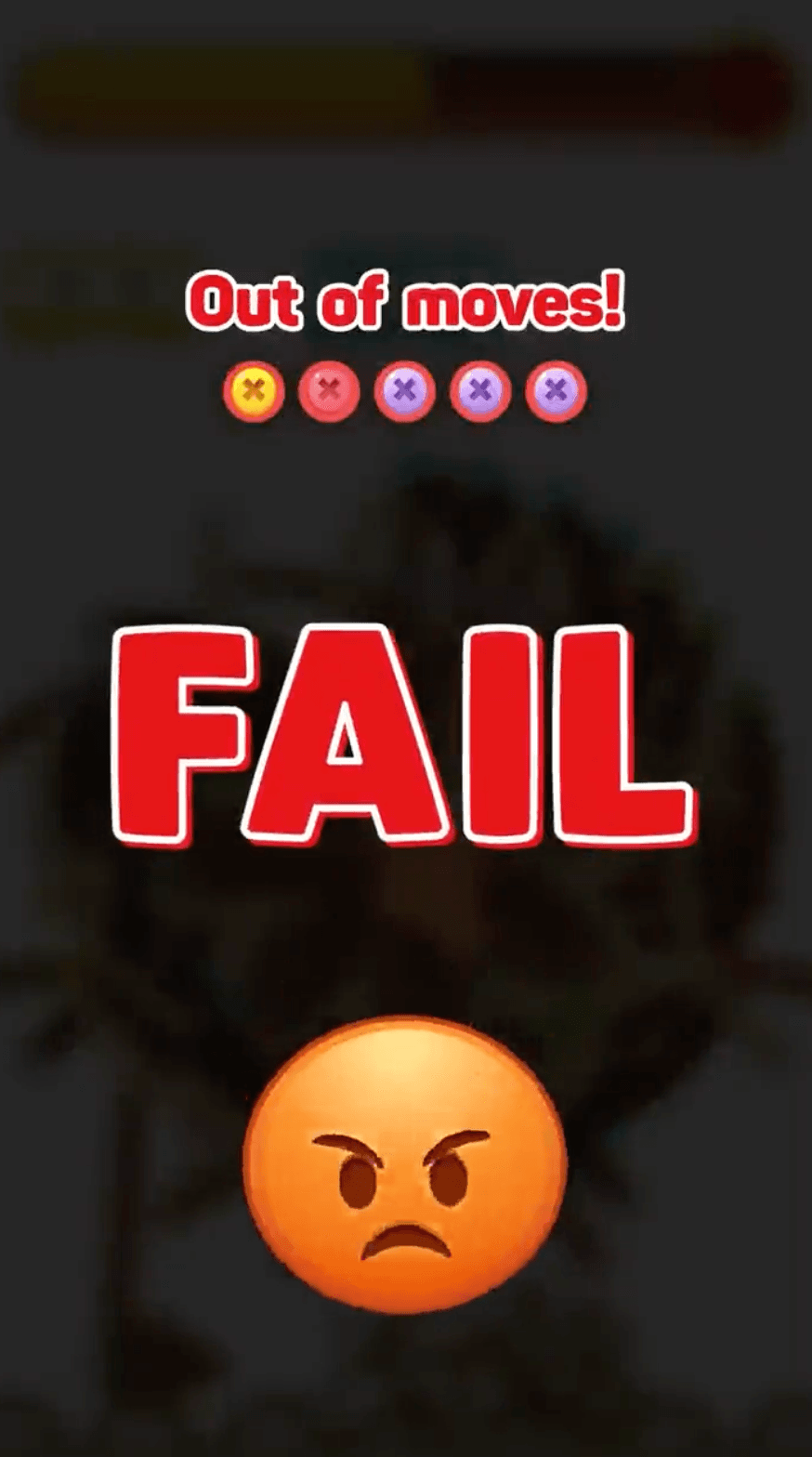
The Psychology Behind It:
Relatability and Humor: Showing failure in a lighthearted way makes the ad more relatable. It acknowledges that perfection isn’t required and that the game is forgiving.
Curiosity and Engagement: When viewers see a “fail” moment, it piques their curiosity. They want to see what happens next or learn how to overcome the challenge, which increases engagement.
Self-Efficacy: This approach subtly reassures users that failure is a natural part of learning, lowering the barrier for trying out the game.
7. Mergedom- Home Design & Merge: Emotional Storytelling That Resonates
What They Do:
Mergedom employs emotional narratives, often showing a mother and baby in distress, with gameplay elements that require building a shelter using match-3 mechanics.
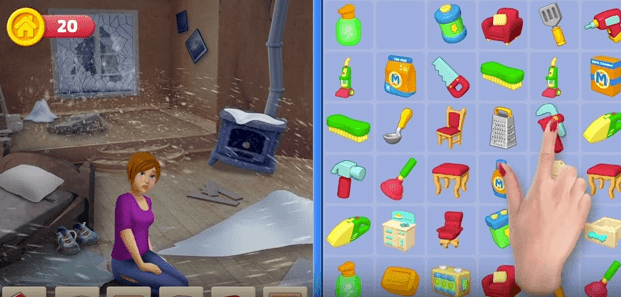
The Psychology Behind It:
Emotional Appeal: By evoking strong emotions like empathy and concern, the ad creates a deep personal connection.
Moral Imperative: The storyline transforms gameplay into a mission—users aren’t just playing a game; they’re contributing to a rescue, which can be incredibly motivating.
Narrative Immersion: This type of storytelling aligns with theories on narrative transportation, where the viewer becomes so engrossed in the story that they’re more likely to take action.
8. Township: Building Anticipation
What They Do:
Playable Ads for Township—often showcase progressive gameplay elements such as harvesting crops or building establishments, ending before a key expansion or milestone.
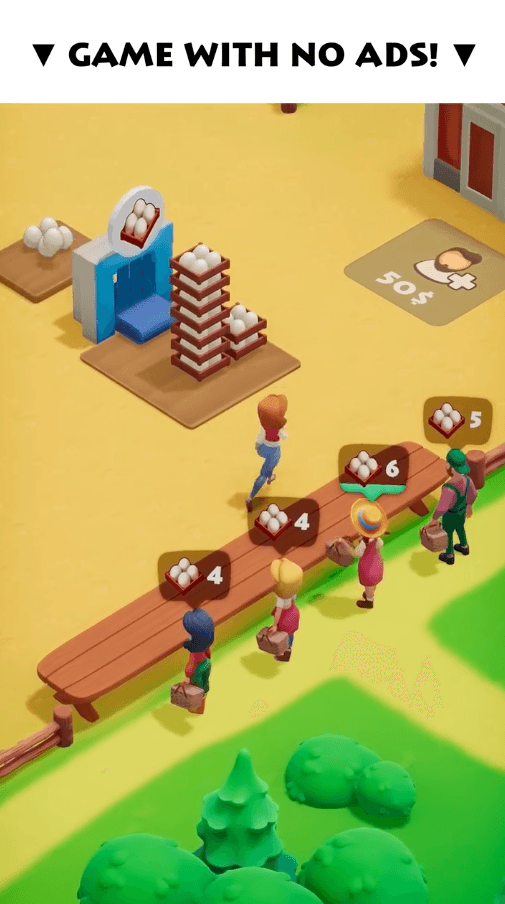
The Psychology Behind It:
Commitment and Consistency: Once users see themselves “building” something, they are more inclined to continue the process in the full game.
Endowment Effect: By giving users a taste of progress, these ads make them feel partially invested. The idea of leaving their progress unfinished spurs them to download the game.
Escalation of Commitment: Users want to see the next stage of their creation, leveraging the psychological bias where effort already invested encourages continued engagement.
9. Other Playable Ads That Tease the Experience
What They Do:
Many mobile games craft playable ads that end right before a big move or major achievement, leaving the player wanting more.
The Psychology Behind It:
Incompleteness Principle: According to Zeigarnik’s effect, people are more likely to remember and want to complete tasks that are left unfinished.
Anticipation and Curiosity: By cutting the experience short, these ads create a cognitive itch that only downloading the game can scratch.
Engagement through Interactivity: The interactive nature of playable ads also leverages active participation, making the ad experience more memorable and persuasive.
Integrating These Insights Into Your Ad Strategy
Now that we’ve seen how top mobile games apply psychological principles, here are some actionable steps to incorporate these insights into your own campaigns:
Analyze and Iterate: Use A/B testing to identify which cognitive biases resonate most with your target audience. Track performance metrics like CTR, ROAS, CPC, and IPM to know when to kill or scale a creative concept. You can use Segwise.ai for automatic campaign monitoring to get insights down to an ad creative level and its impact on a metric you care the most about.
Craft Tailored Messaging: Ensure your ad copy and visuals align with the psychological bias you’re targeting. Whether it’s invoking urgency with scarcity or engaging users through relatable failure, each element should serve a clear purpose.
Ethical Storytelling: While psychological hooks can drive conversions, balance persuasion with authenticity. Build trust by ensuring that the emotional triggers in your ads reflect genuine benefits and real gameplay experiences.
Engage with Interactive Elements: Consider using playable ads that leave users with a challenge or an incomplete narrative. This strategy not only drives installs but also creates a memorable ad experience.
Transforming User Acquisition <> Segwise
Mobile game ads that actively leverage cognitive biases and psychological theories stand out in a crowded market. By drawing from Prospect Theory, the Fogg Behavior Model, and principles like scarcity, social proof, and loss aversion, advertisers can create compelling narratives that push users from curiosity to download.
Whether it’s showcasing awards like Archero 2, creating time-sensitive narratives like Royal Match, or using emotional storytelling like Mergedom, the secret is to craft an experience that speaks directly to the user’s mind and heart.
As you refine your ad strategy using these psychological insights, consider taking your creative process to the next level with Segwise’s Creative Analytics Tool. This powerful feature goes beyond standard metrics to deliver actionable insights on every element of your ad—from visuals and copy to CTA placements. By pinpointing which creative components resonate best with your audience, Segwise enables you to optimize campaigns in real time, helping you lower CPCs, boost ROAS, and ultimately drive more installs. It’s like having a data-driven creative partner that empowers your marketing, user acquisition, and growth teams to craft ads that convert. Experience the future of mobile ad optimization with Segwise and transform your creative strategy today.
